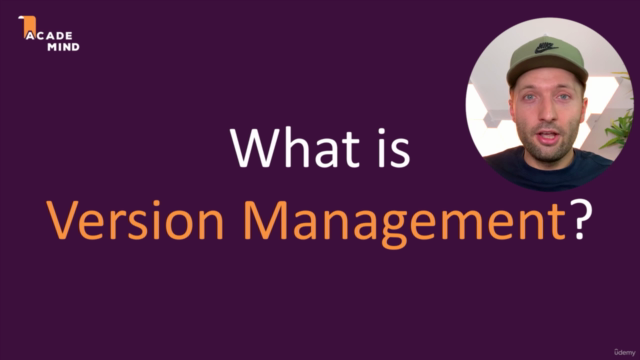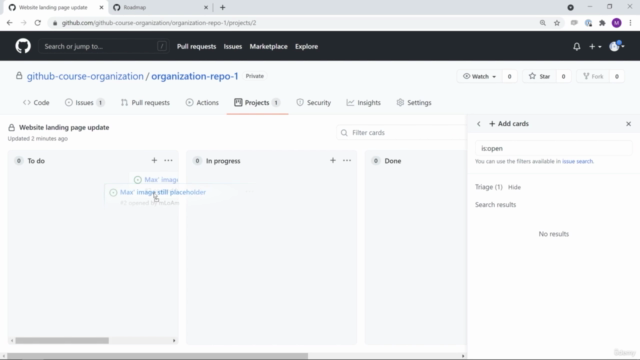Git & GitHub - The Practical Guide
Learn Git & GitHub and master working with commits, branches, the stash, cherry picking, rebasing, pull requests & more!
4.56 (6729 reviews)

41,613
students
10.5 hours
content
Apr 2025
last update
$109.99
regular price
What you will learn
Learn all you need to work with Git, including all about repositories, commits, branches & more
Understand how Git works behind the scenes and understand local & remote as well as local-tracking & remote-tracking branches
Dive into advanced Git features like merging, rebasing, the stash and learn how to manage merge conflicts
Bring Git's power to the cloud with GitHub
Learn how to collaborate in projects via Git & GitHub in teams & organizations
Learn how to contribute to open-source projects via forks & pull requests
Efficiently manage projects with Git & GitHub
Screenshots




Related Topics
4188320
udemy ID
7/16/2021
course created date
8/25/2021
course indexed date
Bot
course submited by